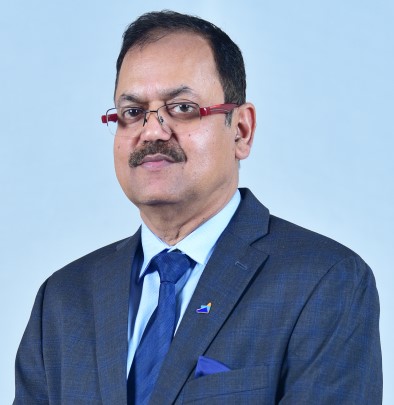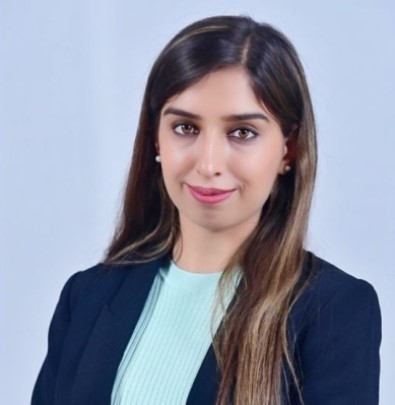The Ujjwala scheme needs a budget push
by Manoj Sharma and Arshi Aadil
Feb 3, 2022
3 min
The PMUY scheme has delivered on its promise by providing more than 80 million connections since its launch. However, the scheme needs a budgetary push to expand LPG usage amongst the targeted customers. In collaboration with the State Rural Livelihood Mission (SRLM), MSC conducted a pilot with self-help groups (SHGs) in Madhya Pradesh. The pilot suggests that credit facility to avail loans for LPG canisters and higher subsidies to Ujjwala customers will go a long way to enhance LPG usage.
The flagship Pradhan Mantri Ujjwala Yojana (PMUY) might be a big milestone when it comes to women’s empowerment but it urgently needs a budget push to reach every rural household. PMUY was conceptualised and reached scale under the stewardship of the then Minister of Petroleum and Natural Gas, Shri Dharmendra Pradhan” The scheme, launched in 2016 to reduce the dependency of rural households on polluting and low-cost fuel sources, not only changed the indoor air pollution landscape in rural India but also catalysed a larger social movement towards women’s empowerment.
The scheme reached 80 million households in 2019, but five years after its launch, it seems to be flailing. An estimated 20% of the 80 million households no longer use cooking gas despite having a gas stove and canister. Sixteen million households still use a mix of coal, wood, crop waste or cow dung cakes, and are prone to heavy indoor pollution, between two and five times the ambient pollution levels. As a result, in the poverty bowls of Uttar Pradesh and Bihar, many women are estimated to become fully or partially blind by the time they turn 60.
The scheme expanded access to clean cooking gas to rural households by providing subsidised Liquefied Petroleum Gas (LPG) connections for low-income households. It was a runaway success. Adoption in rural areas was fast and good targeting by the government and oil marketing companies ensured that the poor were first in the queue to get the benefits. As against an LPG coverage of 62% in India as on May 1, 2016, Ujjwala enabled a near-universal outreach of 99.8% by April 1, 2021.
However, policymakers need to address three key challenges – cost, convenience and culture – if India wants to keep its Ujjwala promise. In these targeted households, where the average monthly income is around Rs 4,000-5,000, women are unable to muster the Rs 900 ($12) needed for the refill of a gas canister. The annual refills under Ujjwala are hovering around three canisters as against the national average of six canisters. Coupled with financial woes, access issues pose a major barrier for women. Typically, in villages, Ujjwala gas dealers are located at a distance and women are unable to make the journey on their own. Further, fighting cultural barriers is difficult when the family thinks food cooked on traditional chulhas is more nutritious and tastier, though the government has begun to address these attitudes through behaviour change communication campaigns.
A crucial challenge is to ensure access to a lump sum of funds that enable access to canister refills. Ideally, the product should allow smaller ‘byte-sized’ payments over a period of time. Traditional cooking methods allow for byte-sized payments, just enough for a day or two of cooking. On the other hand, a canister is a one-time payment for fuel that will be used over a month or more. Beneficiaries in the most vulnerable income sections find it difficult to accumulate the entire amount of cash. The government, however, tried to reduce the upfront cash outgo by allowing beneficiaries to choose a five kg double bottle connection (DBC) instead of the 14.2 kg canister.
A joint pilot by oil marketing companies (OMCs), State Rural Livelihood Mission (SRLM) and MicroSave Consulting has shown great success, with the key catalyst being local self-help groups (SHGs).
The programme, launched in Madhya Pradesh’s tribal-dominated district of Jhabua had a little over 100,000 customers who had taken either zero or one refill in the previous six months. With the support of the SHG network in these blocks, LPG distributors reached out to these dormant customers between July and November 2021 to provide a three-month-long loan to finance their refill. From a mere 1,200 women beneficiaries, the campaign eventually saw a total of 36,800 women refill their cylinders under this initiative.
While access-related issues were more inhibiting as compared to availability of cash, loans of Rs 900 enabled poorer households to get clean fuel. Policymakers will do well to consider similar solutions. The SHG model to extend credit can be scaled across India. The government can also provide slightly higher subsidies to Ujjwala customers to increase LPG usage.
This article first appeared in the print version of the Hindustan Times dated 1st February, 2022.
Written by

Manoj Sharma
Director
 by
by  Feb 3, 2022
Feb 3, 2022 3 min
3 min
Leave comments